How to Find a GPS Tracker on Your Car? Comprehensive Guide (Updated 2025)
2025-08-10 Click:923
There are several types popular car tracking devices on the market: Hardwired GPS trackers, Magnetic Wireless GPS trackers, and OBD2 GPS trackers. Before provide workable ways to find a GPS tracker on your cars, this article analyzes the advantages and disadvantages of each types first, helping you quickly find the tracker on your car.
1. Types of gps trackers for car
1.1 Hardwired GPS tracker (Live Tracking Type)
This type of GPS tracker sends its current real-time GPS coordinates to server tracking platform every few to tens of seconds. While it typically requires a power source (battery or cigarette lighter), due to it consumes a lot of power. However, it offers other powerful features, including remote monitoring, power outage detection, and SOS alarms, you can check on our vehicle tracker collection or model VT06 hardwires gps tracker, VT22 hardwires gps tracker. Normally hidden under seats, inside the dashboard, in the trunk compartment, near the cigarette lighter.
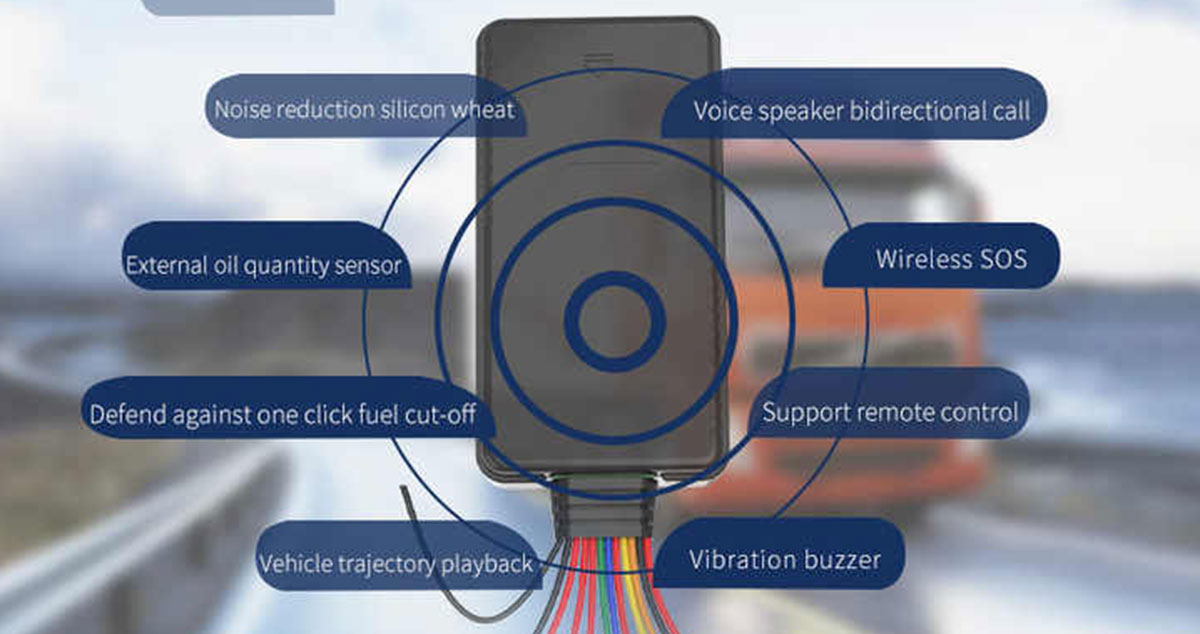
1.2 Wireless GPS tracker (Light Sleep Tracking Type)
This wireless device typically has a strong magnet on the back, allowing it to be attached to any location in the car. Its notable features include portability, a built-in high-capacity battery, and the ability to send GPS location data to the backend at fixed intervals and times daily (to prevent detection and conserve energy). See our LT05 wireless gps tracker and LT09 wireless gps tracker devices for more information. In addition to the same locations as hardwired GPS trackers, it can also be installed anywhere in the car.

1.3 OBD GPS Tracker (Live Tracking Type)
what is obd gps tracker? OBD locator is a GPS tracker with OBD II (on-board diagnostic) functionality. Based on the OBDII interface, it's a plug-and-play GPS tracker that integrates anti-theft, fault diagnosis, monitoring, emergency alarms, and tracking. This compact device features built-in GSM and GPS modules, enabling real-time monitoring and recording of vehicle speed and location. It also supports regional fencing, abnormality alarms, SMS messaging, and remote monitoring. Since 2008, all cars worldwide have a standard OBDII interface, more details you can check on VT400 obd2 GPS tracker. Common locations include the lower left corner of the steering wheel, below the center console near the ignition switch, and in the center console.
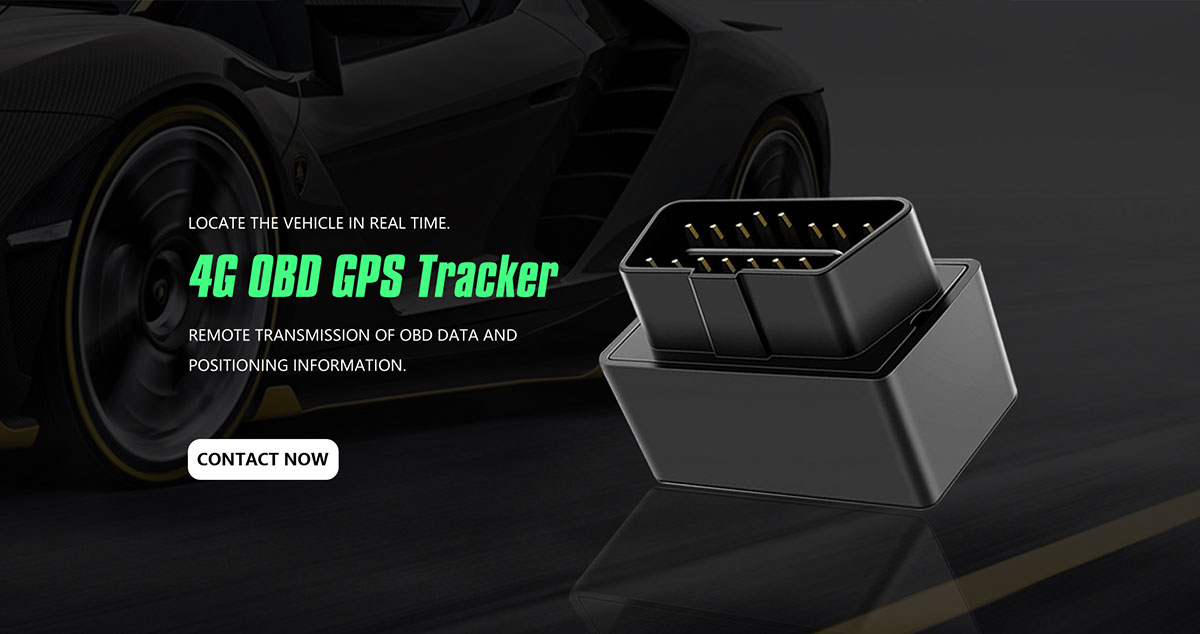
1.4 Hardwired and Wireless Tracker (Deep sleep type)
This type of GPS has an automatic power-on/off feature. When it's not transmitting, it automatically shuts down, making it undetectable by any tools. This makes it a highly concealed GPS, making it difficult to locate. However, since it's a GPS, its purpose is to transmit wireless signals, so it will always be powered on and transmitting signals. During this time, we still use specialized detection equipment to continuously scan every few minutes. Once the GPS is powered on and transmitting signals, the device can detect them, allowing them to activate and detect. Generally, this type of GPS transmits signals no more than 24 hours a day, and most transmissions occur at night. The reason for this is simple: this type of GPS is installed solely for tracking cars, independent of the driver. Cars are typically driven during the day and parked at night. During this time, the brief signals sent by deep-sleep GPS can lock onto the car's location, and the car's position remains unchanged. Features include a built-in battery and signal activation only at specific times, making it difficult to detect through conventional detection.

2. How to detect whether a car was installed with a GPS Tracker?
2.1 Self-checking method (suitable for ordinary car owners)
2.1.1 Visual inspection method
- Turn off the car's power, apply the parking brake, and lift the seats and floor mats to inspect underneath.
- Use a strong flashlight to illuminate hidden areas such as the roof lining, gaps in the door trim, and the spare tire well in the trunk.
- Pay special attention to any unusual protrusions, exposed wiring, or unfamiliar metal components.
- Use a tool: Use your phone's camera in wide-angle mode to inspect the underside of the vehicle (you can use a lift or trench).
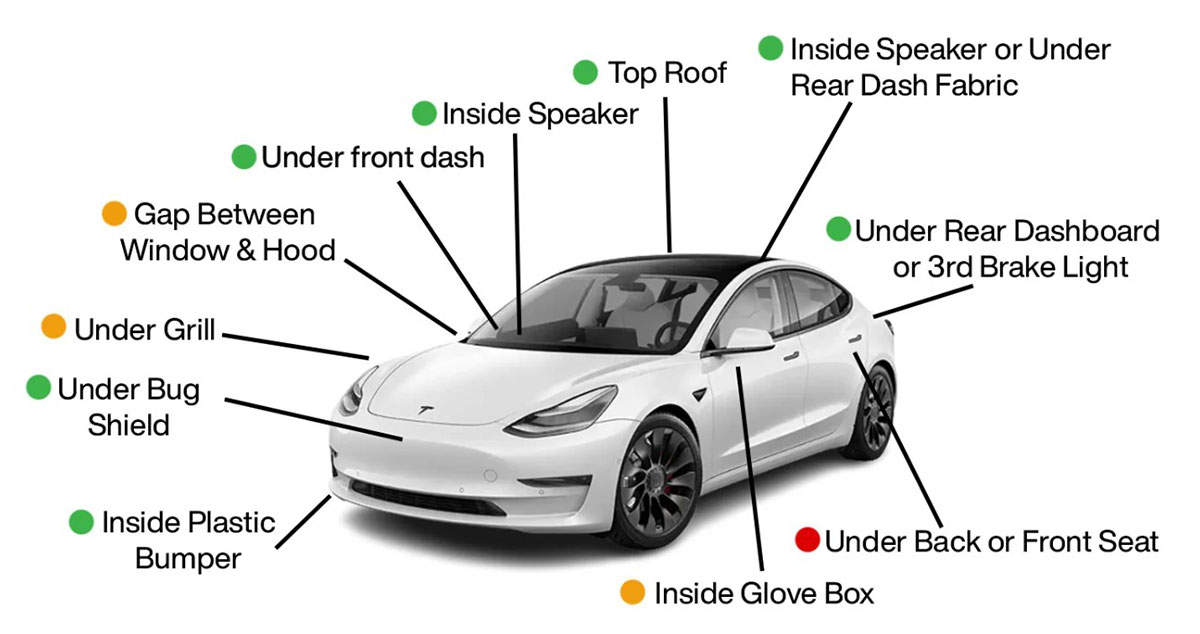
2.1.2 OBD Interface Checking
- Find out the OBD port under the steering wheel (usually a 16-pin rectangular socket).
- Check for any foreign objects or external wiring.
- There may be Y-shaped extension cables that mimic the original OBD port; be careful to distinguish them.
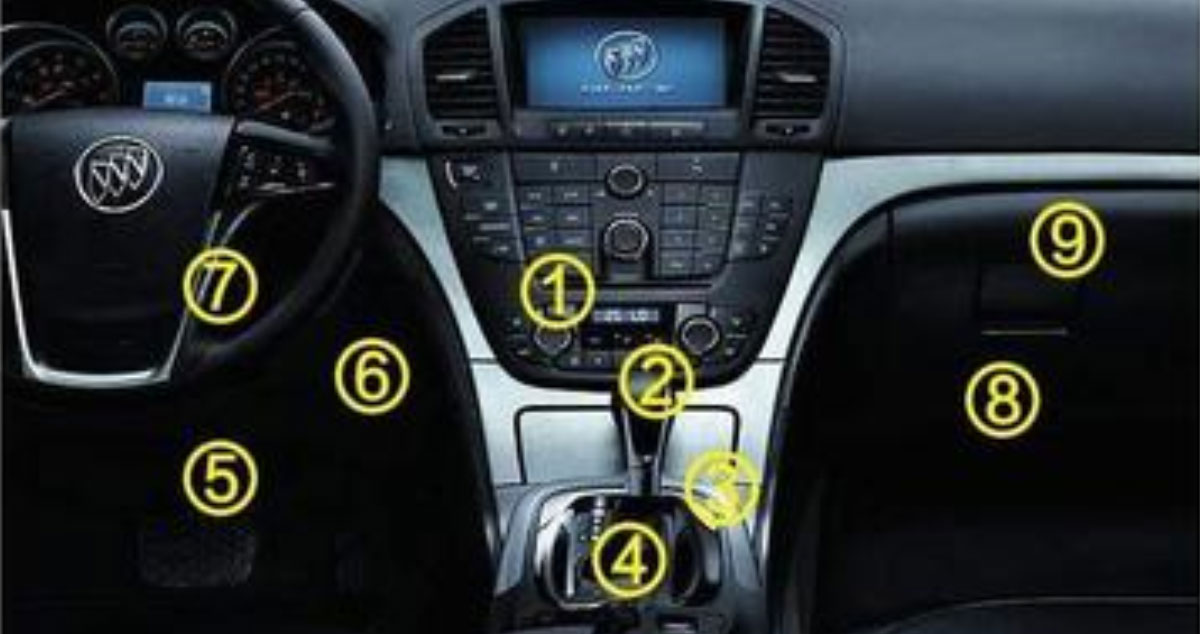
2.1.3 GPS Signal Detector Method
- Principle: Locates the transmitter by receiving GPS signal frequencies (e.g., 1575.42MHz).
- Instructions:
- Slowly move the handheld detector inside the vehicle. When the device beeps or the screen shows an increase in signal strength, the locator is located.
- Limitations: Only works with active wired locators. Sleeping or wireless devices may not be detected.
2.1.4. Mobile Radio Interference Method
- Ignition on the car and tune to a clear FM radio channel.
- Slowly move the radio antenna. If you hear noise or signal interruption, there may be a GPS tracker nearby.
- Suitable for: Quickly identify active signal sources, but not for newer encrypted devices.
2.1.5 Metal Detector Scanning Method
- Applicable Objects: Strong magnetic locators.
- Operation: Use a metal detector to scan metal areas such as the chassis, inside bumpers, and seat frames. After the alarm sounds, conduct a thorough inspection.

2.2 Professional testing methods (recommended by the entrusting agency)
2.1.1 RF Scanner
- Function: Detects wireless signals (including those transmitted intermittently by dormant devices).
- Advantage: Covers the entire vehicle's frequency range and can identify encrypted signals.
2.1.2 Spectrum analyzer
- Application: Analyze the electromagnetic spectrum to locate hidden GPS or eavesdropping devices.
- Scenario: Used in high-end vehicles or when suspected of being hacked by specialized espionage equipment.
2.1.3 Car’s electronic line full detection
- Have a mechanic engineer disconnect the battery and inspect the wiring harness section by section for any abnormal connectors or signs of modification.
- Use a multimeter to check for continuity and to rule out non-original wiring.
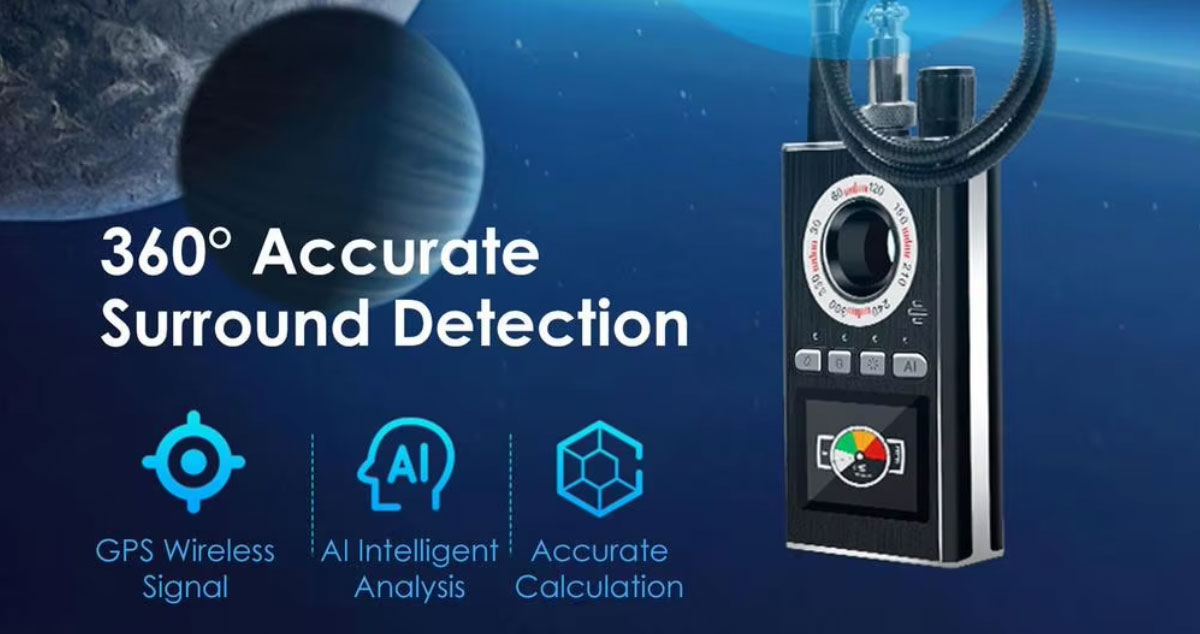
3. Notes
3.1 Legal Risks
- Inspecting other people's vehicles without permission may infringe on your privacy. We recommend that you only do this in your own vehicle.
- If you discover a suspicious device, do not remove it without authorization to avoid triggering an alarm or destroying evidence. Contact the police or a qualified service provider.
3.2 Technical Limitations
- Some high-end tracking devices have self-destruct features or are disguised as vehicle accessories (such as cigarette lighters or chargers). Identification by specialized equipment is required.
3.3 Regular Inspection Recommendations
- Inspect your own car every 3-6 months, especially for used, leased, or frequently parked vehicles in unfamiliar areas.

4. What to Do If You Discover a Tracker
4.1 Preserving Evidence
- Take photos and videos to record the device's tracker and appearance, and contact the police for a report.
4.2 Removal and Countermeasures
- If removing a tracker yourself, disconnect the power supply (for wired models) or destroy the magnetic base (for non-installable models).
- Install a GPS signal blocker (note that legal use is essential).
4.3 Pursuing Liability
- If you suspect industrial espionage or malicious tracking, you can hire an attorney to file a claim or report the incident to the police.
Car tracking device inspection requires a combination of physical inspection and technical means. While regular car owners can perform a preliminary screening using visual inspections and simple tools, it's recommended to entrust highly concealed devices to a professional organization. If illegal installation is discovered, legal action must be taken to avoid disputes arising from voluntary handling.






